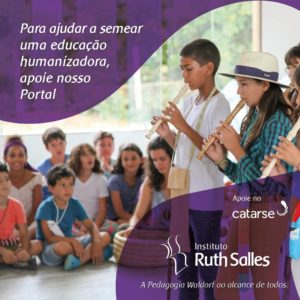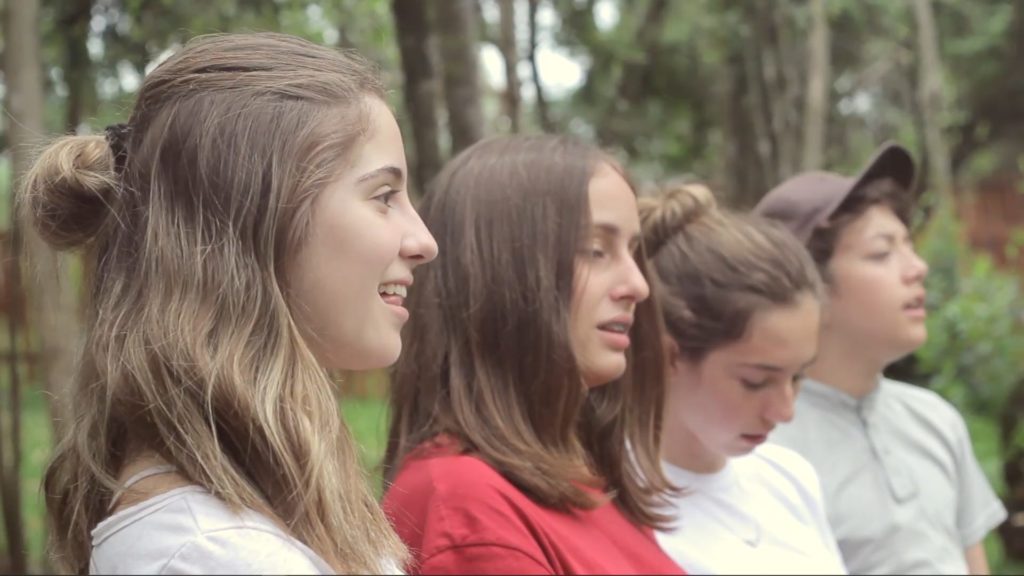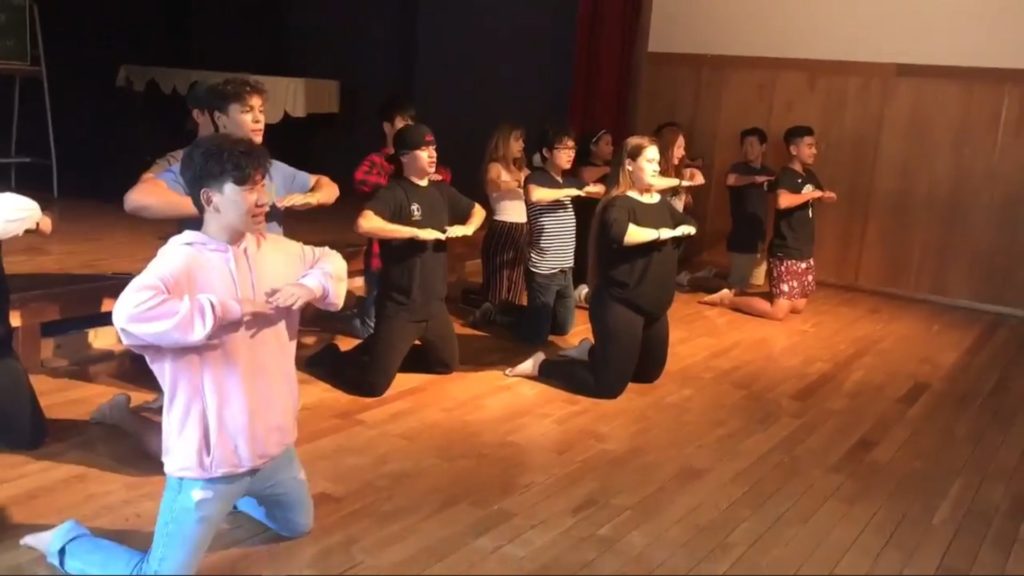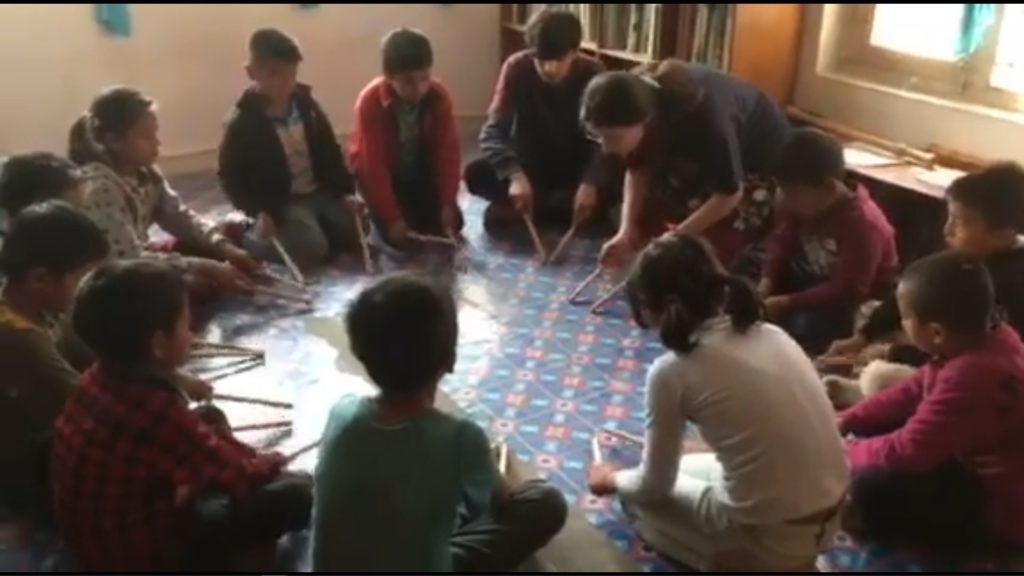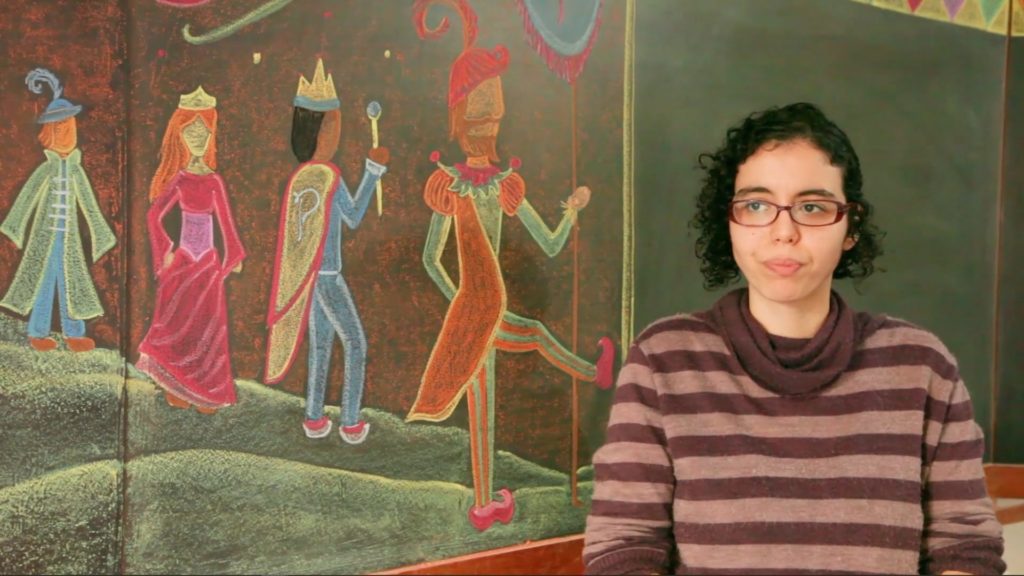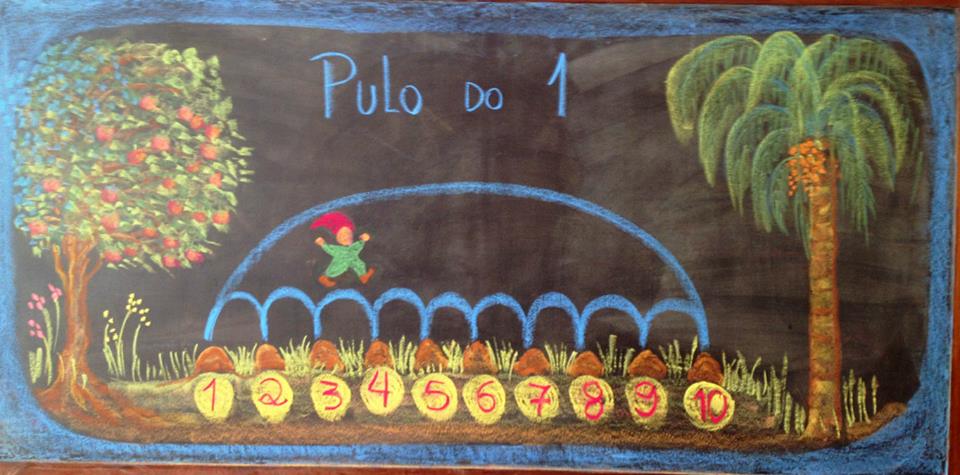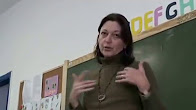 Text of Cristina M. Brigagão Ábalos.
Text of Cristina M. Brigagão Ábalos.
Rhythmic activities are indicated to do with students at the beginning of classes. It's a time when everyone exercises together, in tune and doing the same thing. It's very different than arriving in class and starting to say “hey boy, be quiet, go to your seat”. In the examples presented below, we indicate the age of the students in the filmed class, however, it is up to each teacher to evaluate the suitability of each exercise for their class.
First, it is a way of harmonizing that is not individualized. The child, without realizing it, went in and did it. Imagine that, like us, children came from home with the most varied impressions. What did this child experience from the time he woke up to the time he arrived in class? How was her waking up, late or not, how was breakfast, was it quiet or not, was it the mother who woke up, or was it not the mother who woke up? I wonder if she is well wrapped up, did she sleep well, sleep little or sleep a lot? And what impressions did she have along the way? Did he witness an accident, or was the radio turned on at full volume? That the child.
But we also arrived from a previous experience. So, a first tip for the teacher is to arrive before the students, and not only on the clock, but my being has to arrive before the students. I realize that when there is a problem along the way and I arrive with them, it is already a little different. Now, if I arrive ten minutes earlier, I open my class, pack my things, walk a little, visualize everything, take possession of that space that is my class, it's different, because then I'm at peace and I'm in myself, so I can welcome these children. That makes a lot of difference, it's different from coming together.
The main function of rhythm exercises is to harmonize these children and prepare them for learning. In a playful and joyful way, games, poems and songs are taught, performed by everyone, with a lot of movement and rhythm, “tuning” the class. Body schema, spatiality, diction, attention, social integration and many other aspects are also worked on. The same rhythm (set of movements with recitations or songs) is repeated for three or four weeks, when something is changed, not all at once, that is, one poetry is replaced by a new one, then a song and so on. forward, following the themes worked in class, the subject. In the long run, rhythmic work develops qualities and creates dispositions and skills for theatrical work.
In the first three school years it is important that the rhythmic part is performed in a circle, with the children standing and free to move. The circle is the perfect form, which integrates everyone and where each one sees the whole.
***

